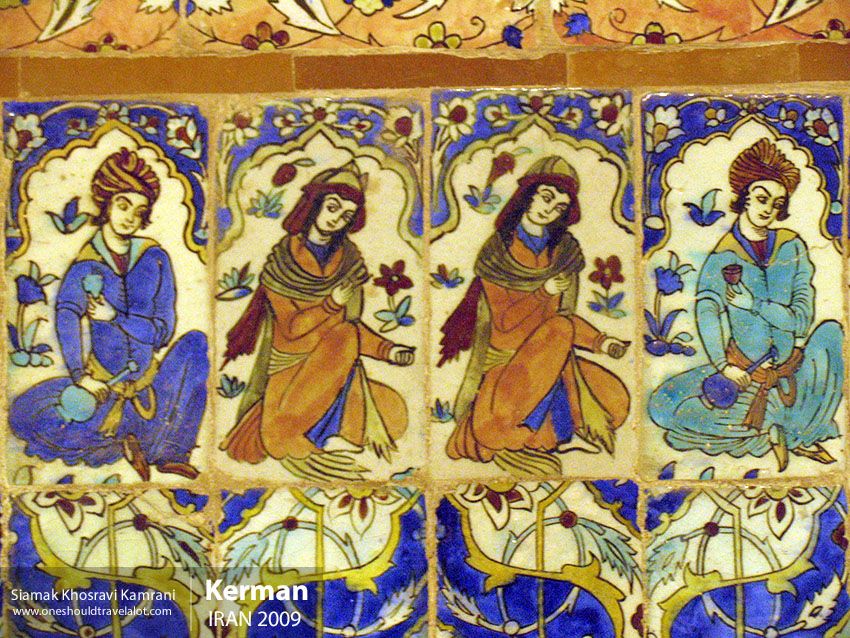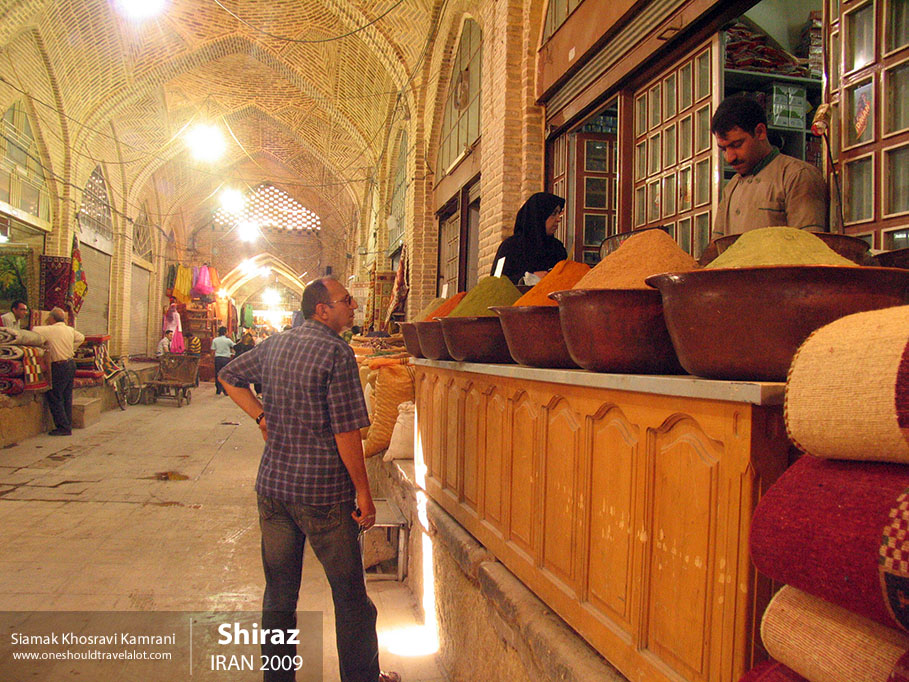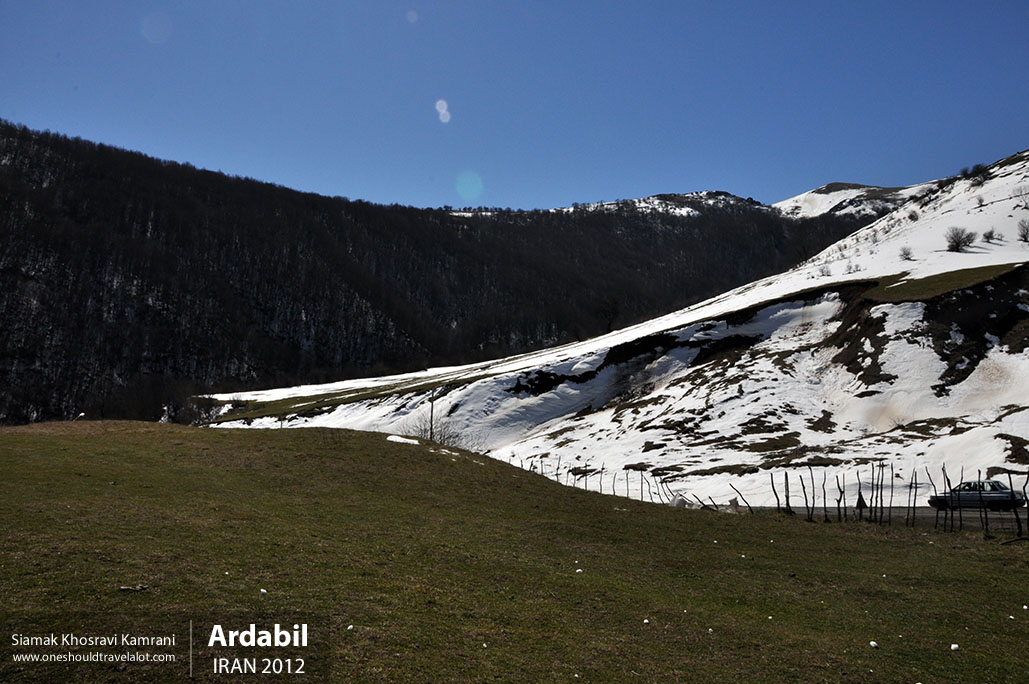Discovering the Timeless Charm of Yazd, Iran
Welcome to Yazd, a city where history whispers through ancient alleyways, and the desert air carries stories of a rich and enduring culture. As a young photographer exploring this enchanting city, I found myself captivated by its unique blend of tradition and innovation, where the past and present coexist in perfect harmony.
Arrival in Yazd: A Desert Jewel
Yazd, located in the heart of Iran, is a city that has thrived in the harsh environment of the desert for thousands of years. The moment I stepped off the bus, the dry, warm air greeted me, a stark contrast to the bustling, humid cities I had previously visited. The sun was setting, casting a golden hue over the city, and the famous windcatchers, or “badgirs,” stood tall against the backdrop of a dusky sky.
The Architecture: An Oasis of Ingenious Design
Yazd’s architecture is a testament to human ingenuity. As I wandered through the narrow, labyrinthine streets, I marveled at the adobe buildings, their earthy tones blending seamlessly with the desert landscape. The windcatchers, designed to capture even the slightest breeze, provided a natural cooling system long before the advent of modern air conditioning. Each structure seemed to tell a story of survival and adaptation.
The Jameh Mosque of Yazd
My first stop was the Jameh Mosque, an architectural masterpiece with its towering minarets and intricate tile work. The blue mosaics glistened in the sunlight, and the grand entrance portal, adorned with verses from the Quran, invited me into a world of spiritual and artistic beauty. Inside, the cool air and the soft echoes of my footsteps created a serene atmosphere, perfect for contemplation and photography.
The People: Warm Hospitality and Rich Traditions
One of the most striking aspects of Yazd is its people. Known for their warmth and hospitality, the residents of Yazd welcomed me with open arms. As I roamed the streets, locals would often stop to chat, curious about my travels and eager to share stories of their city. This genuine friendliness made me feel at home, even in such a distant land.
The Zoroastrian Community
Yazd is also known for its Zoroastrian community, one of the oldest monotheistic religions in the world. I visited the Fire Temple, where a sacred flame has been burning for over 1,500 years. The temple’s simplicity and the devotion of the people I met there left a profound impression on me. It was a powerful reminder of the enduring human spirit and the deep connections that transcend time and geography.
Exploring the Cultural Tapestry of Yazd
Traditional Crafts: A Heritage of Skill and Artistry
Yazd is renowned for its traditional crafts, and as a photographer, I was drawn to the vibrant bazaars, where artisans showcased their skills. The scent of saffron and spices filled the air as I wandered through the stalls, capturing images of handwoven carpets, delicate silk fabrics, and intricately designed pottery. Each item told a story of generations of craftsmanship and dedication.
The Yazd Water Museum
A visit to the Yazd Water Museum offered a fascinating glimpse into the ancient qanat system, an ingenious method of water management that has sustained the city for centuries. The museum, housed in a restored mansion, displayed models and artifacts that illustrated how these underground aqueducts transported water from distant mountains to the arid plains of Yazd. It was a testament to human resourcefulness and the importance of water in this desert city.
The Cuisine: A Feast for the Senses
No visit to Yazd would be complete without indulging in its culinary delights. The city’s cuisine is a delightful fusion of flavors and traditions, reflecting its diverse cultural heritage. I savored dishes like “Shuli,” a thick soup made with lentils and vegetables, and “Ash-e Sholeh Ghalamkar,” a rich stew brimming with herbs, beans, and meat. Each bite was a celebration of the region’s agricultural bounty and culinary expertise.
The Sweets of Yazd
Yazd is famous for its sweets, particularly “Baklava” and “Qottab.” I visited a traditional confectionery, where I watched bakers skillfully prepare these treats, their hands moving with practiced precision. The sweet aroma of cardamom and rosewater filled the air, and I couldn’t resist sampling these delicacies. The combination of flaky pastry and fragrant fillings was simply divine, a perfect way to end a day of exploration.
Embracing the Spiritual and Natural Beauty of Yazd
The Tower of Silence
One of the most poignant experiences of my journey was visiting the Tower of Silence, an ancient Zoroastrian burial site perched atop a hill overlooking the city. The stark, barren landscape and the silence that enveloped the site created a sense of reverence and introspection. It was a place to reflect on the cycles of life and death and the enduring beliefs that have shaped Yazd’s history.
Sunset at the Tower
As the sun dipped below the horizon, casting long shadows across the desert, I captured some of my most memorable photographs. The play of light and shadow on the ancient stone structures, the vast expanse of the desert stretching out before me, and the tranquility of the moment combined to create a profound sense of connection with the land and its history.
The Yazd Desert: A Photographer’s Dream
No trip to Yazd is complete without a journey into the surrounding desert. I joined a group of fellow travelers for a desert safari, where we explored the rolling sand dunes and experienced the raw beauty of the landscape. The ever-changing patterns of the sand, sculpted by the wind, provided endless opportunities for photography. As night fell, the sky transformed into a canvas of stars, unpolluted by city lights, offering a breathtaking view of the Milky Way.



